African Hemp (Sparmannia africana) is a woody houseplant from the Malvaceae family, originating in South Africa. Known by several common names, including African Linden, Cape Hollyhock, and Wild Stock Rose, this plant is appreciated for its unique flowering behavior. The stamens of its blooms are touch-sensitive, puffing out when disturbed to maximize pollen transfer to visiting pollinators. While its wood is too soft for timber, the plant is valued for producing a usable fiber.
| Common name | African Hemp, African Linden, Cape Hollyhock, Cape Stock Rose, Wild Stock Rose |
| Botanical name | Sparmannia africana |
| Family | Malvaceae |
| Species | africana |
| Origin | South Africa |
| Life cycle | Woody |
| Plant type | Houseplant |
| Sunlight | Dappled Sunlight |
| Maintenance | Medium |
| Soil condition | High Organic Matter |
| Drainage | Well-Drained |
| Growth rate | Fast |
| Flowering period | Spring |
| Height | 1- 20 ft. |
| Flower color | Gold, Yellow |
| Leaf color | Green |
| Fruit color | Brown, Copper |
| Fruit type | Capsule |
| Flower benefit | Long Bloom Season |
| Garden style | Shade Garden |
| Uses | Houseplants |
I. Appearance and Characteristics
Sparrmannia africana, the African hemp or African linden, is a species of flowering plant in the mallow family Malvaceae, native to open woodland in South Africa and Madagascar. It is one of up to seven species in the genus Sparrmannia. The genus name is after Anders Sparrman.
Growing to 3–6 m (10–20 ft) tall by 2–4 m (7–13 ft) broad, S. africana is an evergreen shrub or small tree with large pale green leaves 21 cm (8 in) long and clusters of white flowers with red and yellow stamens. It is not closely related to the true hemp, cannabis.
Sparrmannia species are known for their haptonasty, rapid movements made by the stamens when they are touched. This adaptation helps in more effective pollination.
With a minimum temperature of 7 °C (45 °F), Sparrmannia africana is grown as a houseplant in temperate climates. It has gained the Royal Horticultural Society’s Award of Garden Merit.
The name Sparmannia acerifolia hort. ex Steud., with a mis-spelled generic name – an “orthographic variant” – was in the past used for this species.
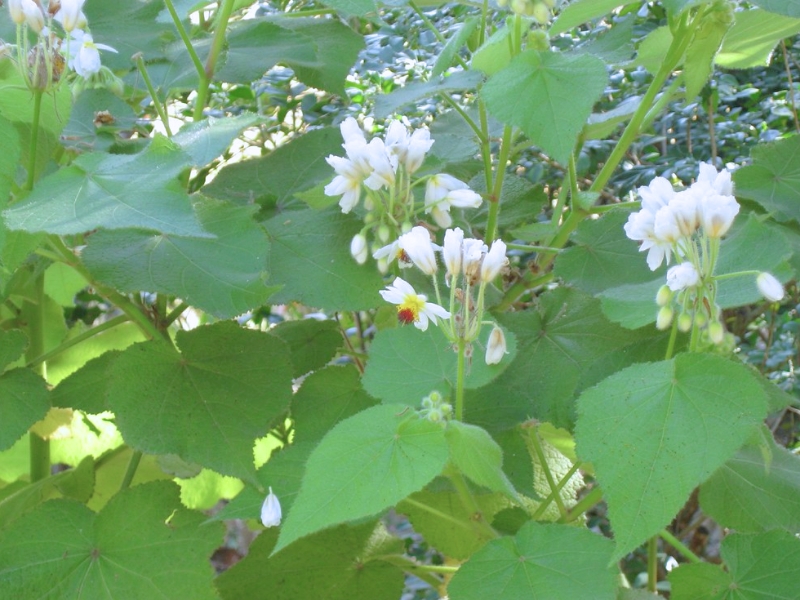
II. How to Grow and Care
African lime tree thrives in a warm environment with indirect light and appreciates moist soil without being waterlogged. Regular misting is recommended to maintain humidity, which is crucial for this plant’s wellbeing. Pruning is important for african lime tree to encourage a bushier growth and to remove any yellowing leaves.
Sunlight
African lime tree thrives best in conditions of full sun exposure where it can bask in the intensity and quality of natural daylight. This level of illumination is crucial for African lime tree’s growth, health, and impressive flowering potential. While tolerating lower light levels to some extent, African lime tree’s growth may be suboptimal in these conditions, with potential impacts on its robustness and bloom frequency.
When grown indoors, African lime tree should be placed near a window that allows generous sunlight penetration, ideally south-facing. Outdoors, African lime tree flourish in sunny beds or borders unobstructed by shade. African lime tree may exhibit adaptive traits, adjusting leaf orientation towards light sources to maximize photosynthetic efficiency.
Watering
African lime tree thrives in environments that mimic its native subtropical habitat, where consistent moisture and high humidity are prevalent. This species is moderately drought-tolerant but prefers a stable level of soil hydration to support its lush foliage. Watering should occur once every two weeks, allowing the soil to dry slightly between sessions. Typically grown indoors due to its preference for controlled conditions, african lime tree benefits from regular misting to maintain ambient humidity, echoing the moist air of its natural setting—an essential factor for this evergreen plant’s vitality.
Soil
African lime tree thrives with good soil aeration, ensuring healthy root growth and preventing water-logging. A suitable soil mix could be a combination of potting soil, perlite, and organic matter for improved drainage. If perlite is unavailable, sand can be a substitute. Mix should facilitate quick water passage yet retain moisture. Biannual addition of a balanced, slow-release fertilizer enhances growth. Utilize coarse material at the pot’s base for extra drainage.
Fertilizing
To boost african lime tree’s growth, apply balanced nutrition fertilizer quarterly. This ensures robust foliage and potential blooms. Use fertilizer low in phosphorus during the plant’s active growth period in Spring and Summer. For mature african lime tree, less frequent feeding supports health without overgrowth. Dilute fertilizer to half-strength to avoid root burn. Observe seasonal changes; reduce feeding in Autumn and pause in Winter. Regular fertilization improves resilience and aesthetic appeal. Always follow product guidelines for quantities.
Propagation
Native to Africa, the African lime tree thrives under bright, indirect light and requires well-draining soil. Propagation primarily through stem cuttings is effective; snip just below a leaf node using a clean, sharp pair of shears. Ensure cuttings have at least one or two leaves for photosynthesis. Dip the cutting end in a rooting hormone to stimulate root growth before planting in a moist potting mix. Enclosed in a plastic bag to maintain humidity, ensuring the foliage does not touch the plastic. Patience is key, as roots take several weeks to develop.
Transplanting
African lime tree flourish best when transplanted during late spring to early summer, as they take advantage of this growth-active season. Choose a location with bright, indirect sunlight for a successful transplant. Always ensure the plant is adequately watered after transplanting to encourage root settling.
Repotting
Repot African lime tree every 2-3 years to accommodate its growth as a large shrub. Spring repotting promotes vigorous growth, aligning with its active phase. Choose a spacious container with ample room for root expansion. After repotting, ensure bright, indirect light and consistent moisture to aid recovery. These care points are key for the unique canopy-like foliage of African lime tree.
Find Where to Buy the Best African Hemp (Sparmannia africana)
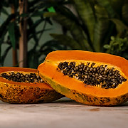


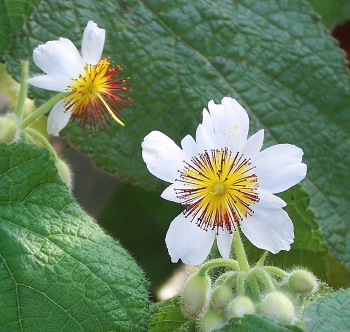

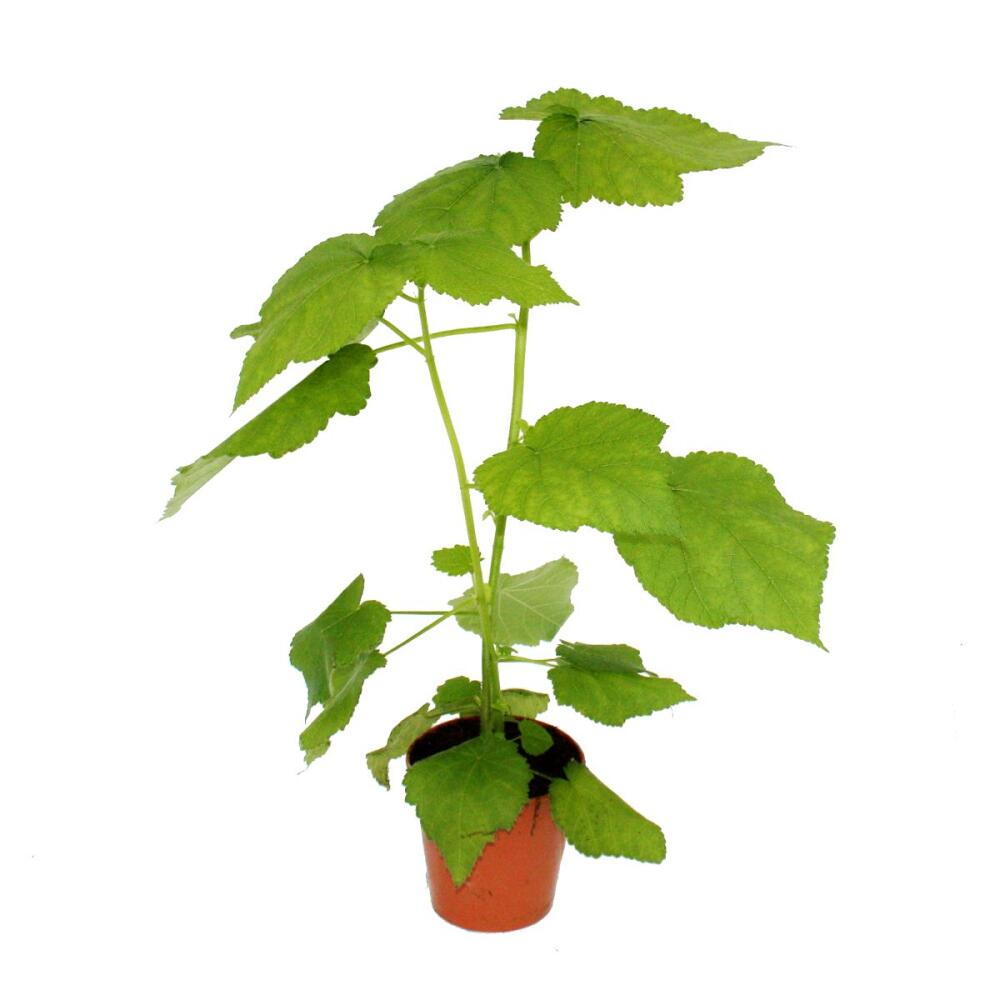

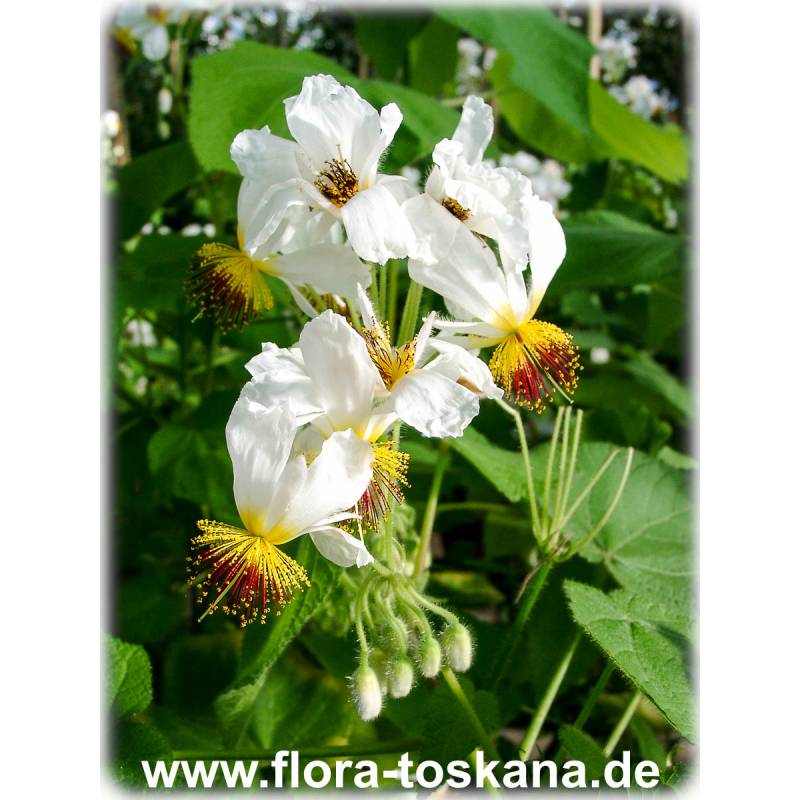
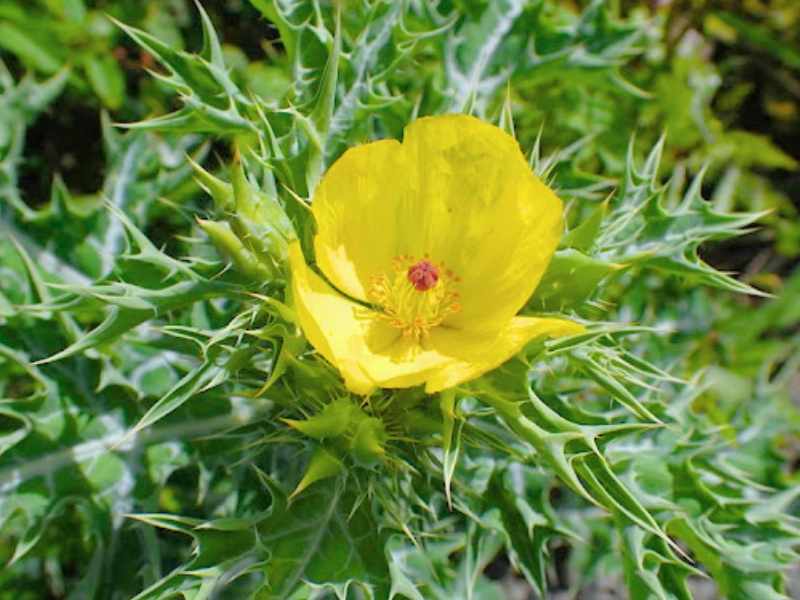
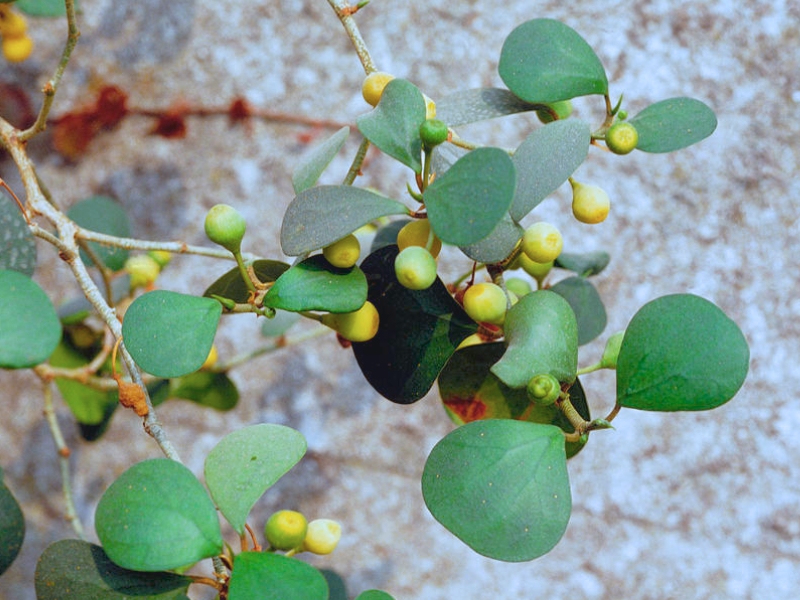
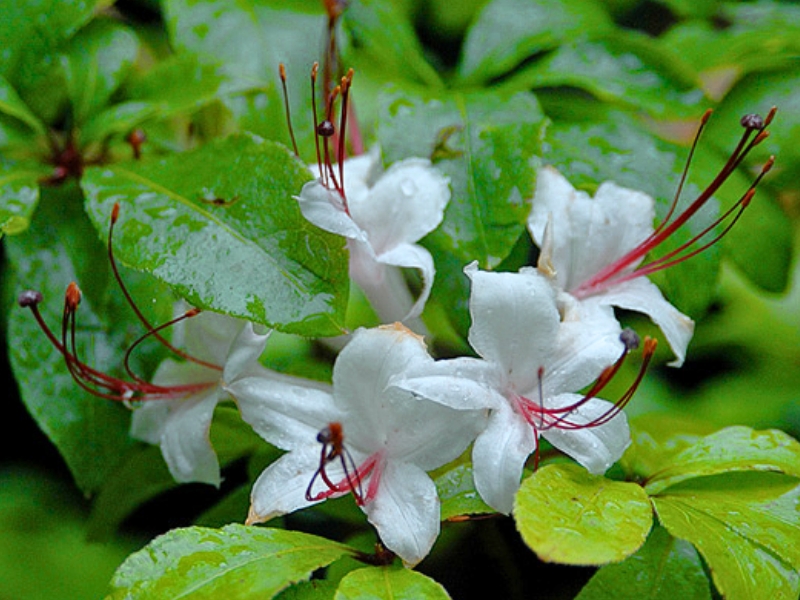
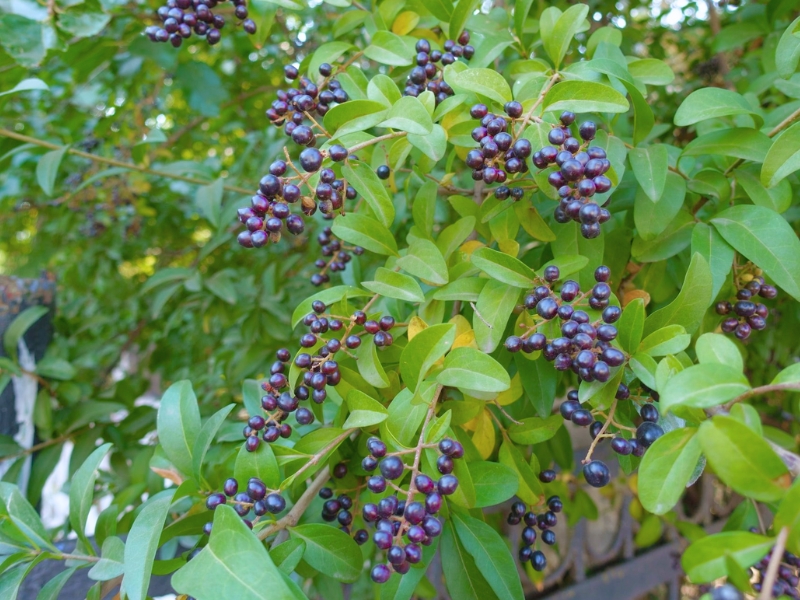
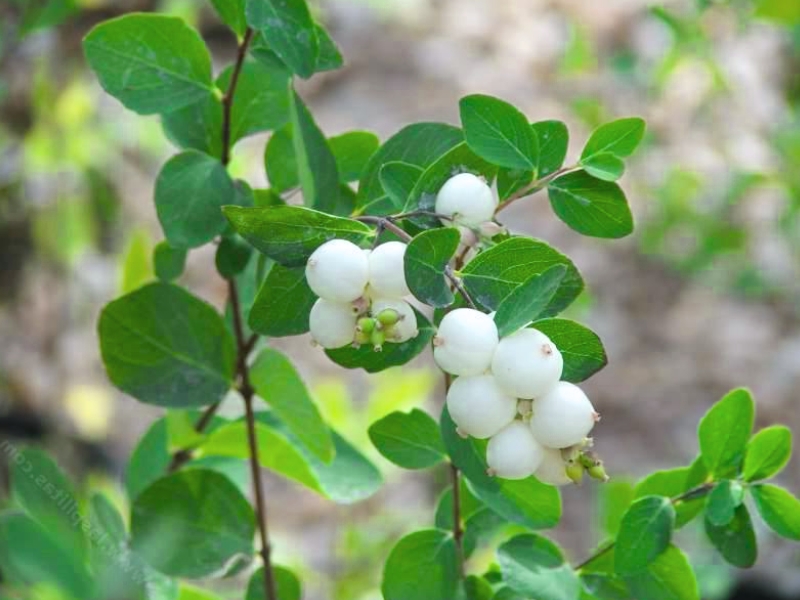
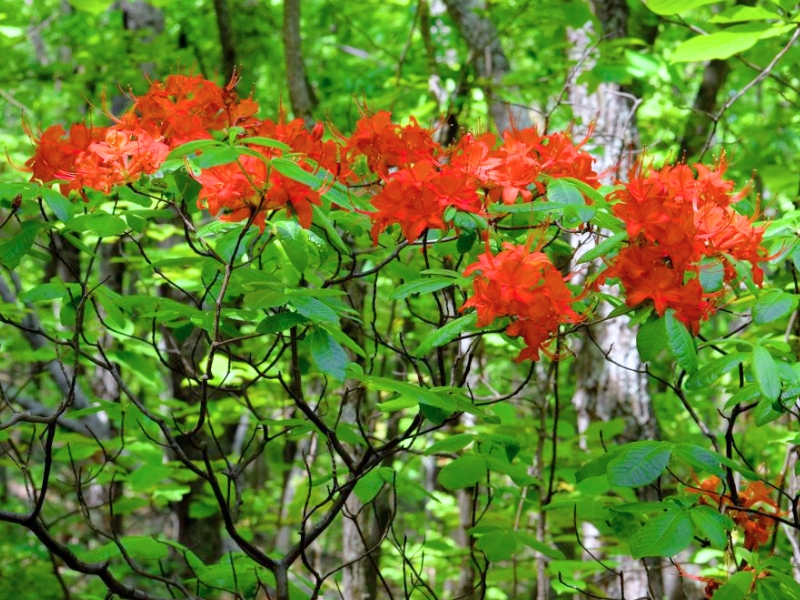
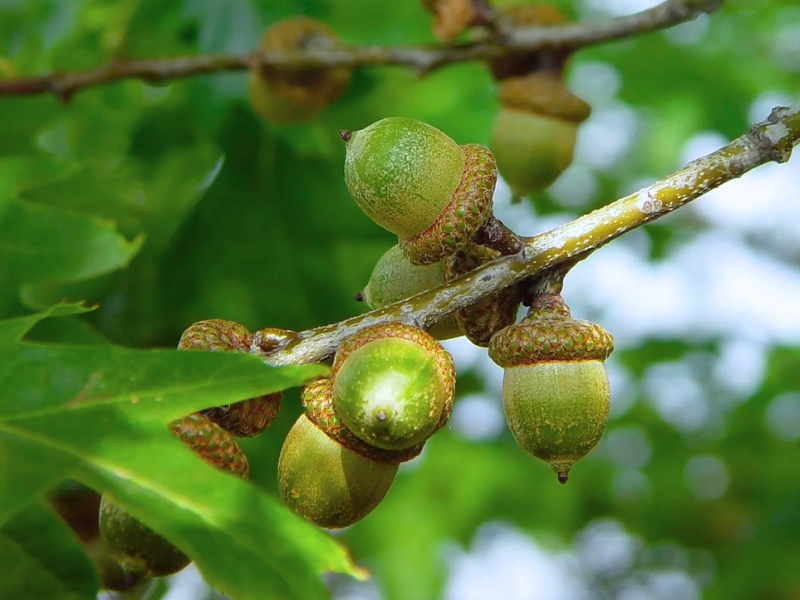
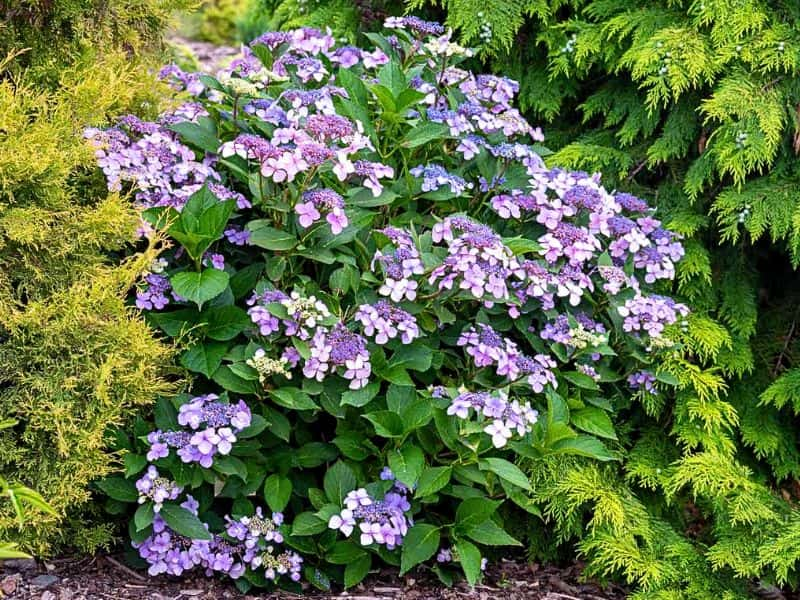
Leave a Reply